Metal cutting boards are a durable and long-lasting kitchen tool, but they can sometimes retain stubborn odors from ingredients like garlic, onions, or raw meat. This guide explores the key aspects of how to get smell off metal cutting board. Removing these smells effectively is essential to maintain hygiene and ensure your food preparation process remains fresh and odor-free. With the right techniques, you can easily eliminate unwanted odors and keep your metal cutting board smelling clean.
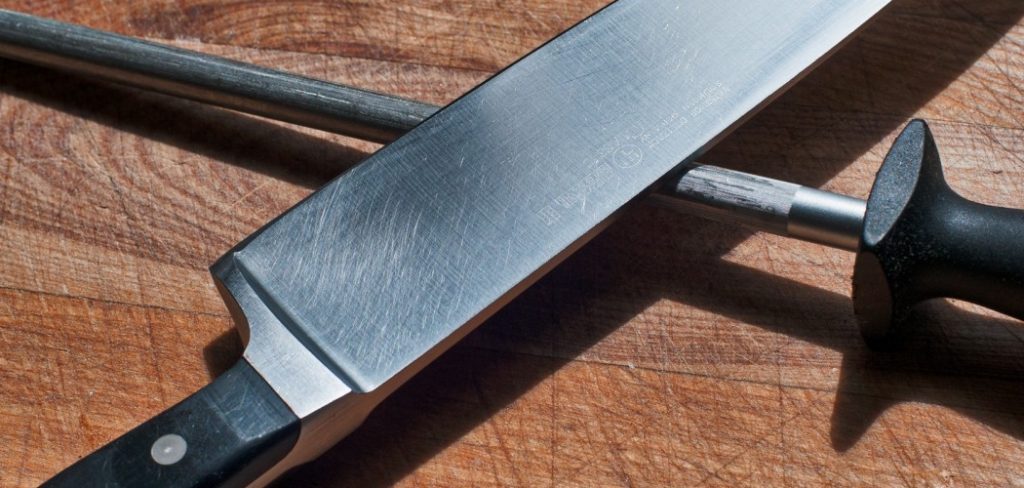
Common Causes of Odors
Odors on metal cutting boards can arise from a variety of sources, often linked to the ingredients commonly used in food preparation. Strong-smelling foods such as garlic, onions, and fish are some of the most frequent culprits, as their natural oils can cling to the surface of the metal. Additionally, raw meat and poultry can leave behind organic residues if not cleaned thoroughly, which may develop odors over time. Improper cleaning techniques or leaving the cutting board damp can also contribute to lingering smells, as moisture creates an environment conducive to bacterial growth. Understanding these causes can help in effectively preventing and addressing odor issues.
Materials and Tools Needed
To effectively remove odors from a metal cutting board, you’ll need the following materials and tools, most of which are commonly found in households:
- Baking Soda: A natural deodorizer that helps neutralize strong odors.
- White Vinegar: An effective cleaning agent that can eliminate bacteria and odors.
- Lemon: Fresh lemon juice or slices to provide natural acidity and a pleasant scent.
- Table Salt: Useful for scrubbing and removing stubborn residues.
- Soft Scrubbing Brush or Sponge: Gentle enough to avoid scratching the metal surface while thoroughly cleaning.
- Hot Water: Essential for rinsing and loosening stuck-on particles.
- Clean Towel: For drying the cutting board after cleaning to prevent moisture buildup.
10 Methods How to Get Smell off Metal Cutting Board
1. Use Baking Soda Paste
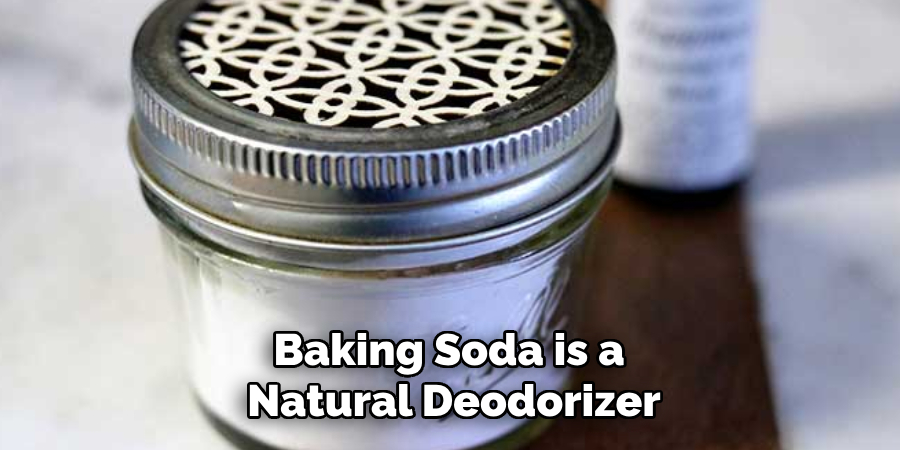
Baking soda is a natural deodorizer that neutralizes odors without damaging the surface of your metal cutting board. To use this method, mix baking soda with water to form a thick paste. Spread the paste evenly over the cutting board, paying special attention to areas where odors are strongest. Let the paste sit for 10-15 minutes to allow the baking soda to absorb the smells. Rinse thoroughly with warm water and wipe dry. For stubborn odors, you can gently scrub the board using a soft sponge or cloth.
2. White Vinegar Rinse
White vinegar is an effective, natural odor eliminator and disinfectant. Pour a generous amount of white vinegar onto the metal cutting board, ensuring it covers the entire surface. Allow it to sit for 5-10 minutes before rinsing with warm water. Vinegar’s acidity breaks down odor-causing compounds, leaving the board fresh. If desired, you can use a sponge or cloth to scrub the surface gently while the vinegar sits. Finish by drying the board with a clean towel to prevent water spots.
3. Lemon and Salt Scrub
Combining the cleaning power of lemon with the abrasive action of salt can effectively remove odors. Cut a lemon in half and sprinkle coarse salt onto the metal cutting board. Use the cut side of the lemon to scrub the board, applying firm pressure to release the lemon’s natural oils. The acid in the lemon breaks down odor molecules, while the salt helps remove any residue. Rinse the board thoroughly with warm water and dry it with a clean towel.
4. Hydrogen Peroxide Solution
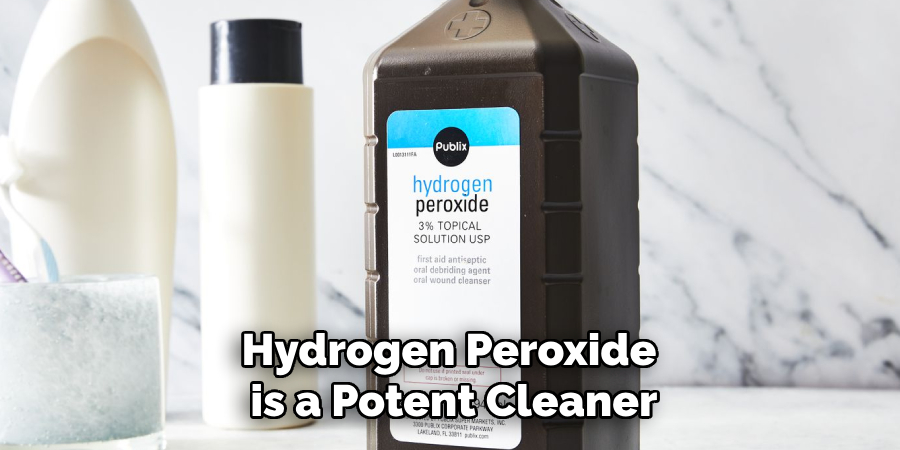
Hydrogen peroxide is a potent cleaner that not only eliminates odors but also sanitizes the cutting board. Pour a small amount of hydrogen peroxide onto the board and spread it evenly using a sponge or cloth. Allow it to sit for a few minutes to break down any odor-causing bacteria. Rinse the board thoroughly with water to remove all traces of the peroxide, and dry it immediately to prevent moisture from lingering.
5. Activated Charcoal Powder
Activated charcoal is highly absorbent and excellent at trapping odors. Sprinkle a small amount of activated charcoal powder onto the metal cutting board and spread it evenly using a damp cloth. Allow it to sit for 15-20 minutes to absorb the odors fully. Rinse the board thoroughly with warm water and wipe it dry. This method is especially effective for persistent smells that other techniques may not fully eliminate.
6. Dish Soap and Hot Water Scrub
Sometimes, a thorough cleaning with dish soap and hot water is enough to remove odors from a metal cutting board. Apply a few drops of dish soap to a sponge or cloth and scrub the board’s surface, ensuring you cover all areas. The soap will break down grease and odor molecules, while the hot water enhances its cleaning power. Rinse the board thoroughly to remove all soap residue, and dry it with a clean towel.
7. Coffee Grounds Rub
Coffee grounds are an unconventional yet effective solution for deodorizing metal cutting boards. Spread a thin layer of used coffee grounds over the board’s surface and use a damp cloth or sponge to scrub gently. The natural oils in the coffee neutralize odors, while the grounds provide a mild abrasive action to clean the board. Rinse thoroughly with warm water to remove any coffee residue, and dry the board completely.
8. Rubbing Alcohol Wipe
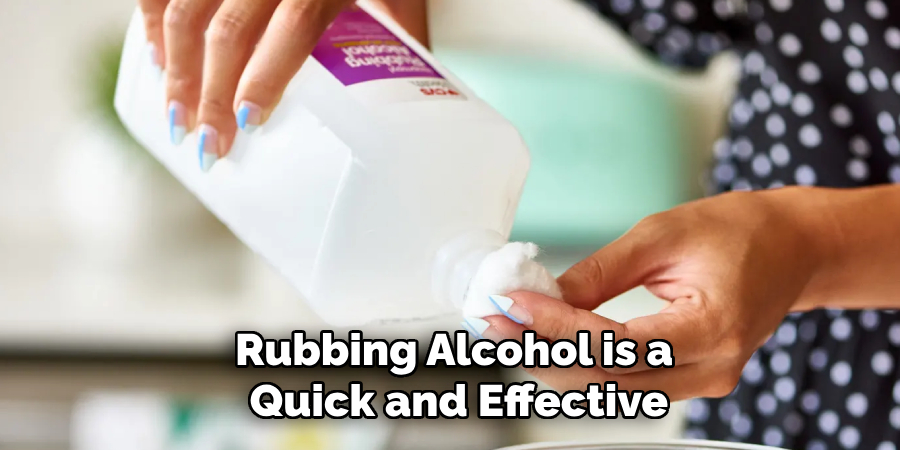
Rubbing alcohol is a quick and effective way to eliminate odors and disinfect metal surfaces. Dampen a clean cloth or paper towel with rubbing alcohol and wipe down the entire surface of the cutting board. The alcohol evaporates quickly, taking odor-causing molecules with it. Once the board is dry, rinse it with water to remove any remaining traces of alcohol and dry it with a clean towel.
9. Boiling Water Rinse
For a simple yet effective method, pour boiling water over the metal cutting board. The heat helps loosen and neutralize odor-causing residues. To enhance this method, you can add a few drops of dish soap to the board before pouring the water. Be cautious when handling boiling water to avoid burns. After rinsing, dry the board thoroughly to prevent water spots and ensure it is ready for use.
10. Commercial Odor Removers
If natural methods do not fully remove odors, consider using a commercial cleaner or odor remover specifically designed for metal surfaces. These products are formulated to target and eliminate tough smells without damaging the material. Follow the manufacturer’s instructions for application, and always rinse the cutting board thoroughly after use to remove any chemical residues. Ensure the board is dried completely before storing it.
Maintenance and Upkeep
Proper maintenance of your metal cutting board ensures its longevity and keeps it hygienic for daily use. To preserve the board’s condition, clean it immediately after each use to prevent odors and stains from setting in. Use gentle, non-abrasive cleaning methods, such as dish soap and warm water, to avoid scratching the surface. Always dry the board thoroughly with a clean towel to prevent moisture buildup, which can lead to water spots or long-term damage.
Regularly inspect the cutting board for any signs of wear, such as deep scratches or dents, as these can harbor bacteria. If you notice any damage, consider addressing it promptly to maintain a smooth and safe surface. For additional protection, especially if your board is exposed to frequent use, consider applying a food-safe mineral oil specifically designed for metal to help maintain its finish and prevent tarnishing.
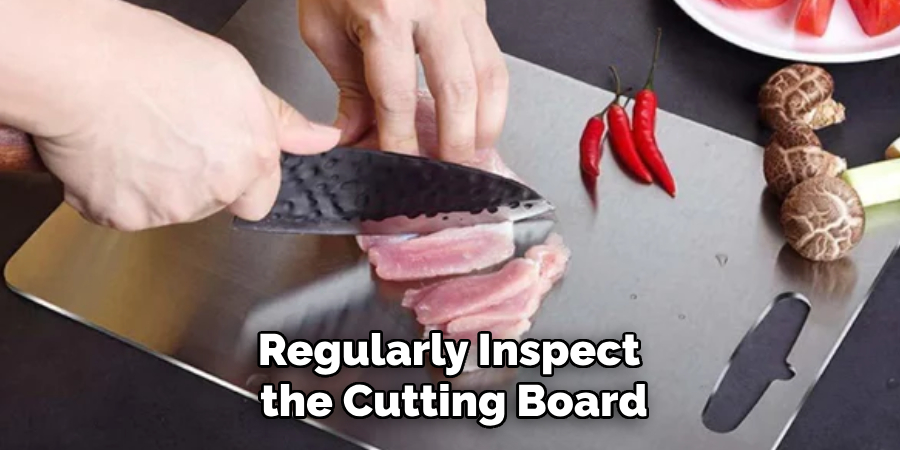
Common Mistakes to Avoid
When maintaining a metal cutting board, avoiding common mistakes can help preserve its quality and prevent unnecessary damage. Here are some errors to watch out for:
- Using Harsh Abrasives
Scrubbing the board with steel wool or other highly abrasive materials can scratch the surface, leaving it prone to harboring bacteria and affecting its appearance. Opt for non-abrasive sponges or cloths for cleaning.
- Skipping Immediate Cleaning
Allowing food residues or liquids to sit on the cutting board for extended periods can lead to stubborn odors, stains, and even corrosion. Always clean the board immediately after use.
- Leaving the Board Wet
Failing to dry the board thoroughly after cleaning can result in water spots or long-term moisture damage. Always use a clean, dry towel to remove excess water.
- Exposing the Board to Harsh Chemicals
Strong chemicals or bleach can damage the protective finish of the metal and may leave harmful residues. Stick to food-safe cleaning agents or natural solutions.
- Using the Board for Non-Intended Purposes
Avoid cutting highly acidic foods repeatedly or using the board for other purposes, such as pounding meat, which can cause unnecessary wear or damage.
Conclusion
A metal cutting board is a durable and hygienic kitchen tool, provided it is cared for and maintained properly. By using the cleaning methods outlined above and avoiding common mistakes, you can ensure your cutting board remains in excellent condition for years to come. Thanks for reading our blog post on how to get smell off metal cutting board! We hope you found it helpful and informative.
Edmund Sumlin is a skilled author for Metal Fixes, bringing 6 years of expertise in crafting a wide range of metal fixtures. With a strong background in metalwork, Edmund’s knowledge spans various types of fixtures, from decorative pieces to functional hardware, blending precision with creativity. His passion for metalworking and design has made him a trusted resource in the industry.
Professional Focus:
- Expert in Metal Fixtures : Edmund aesthetic specializes in creating durable and innovative metal fixtures, offering both appeal and functionality. His work reflects a deep understanding of metalworking techniques and materials.
- Sustainability Advocate : He is dedicated to using sustainable practices, ensuring that every fixture is crafted with eco-friendly methods while maintaining high-quality standards.
In his writing for Metal Fixes, Edmund provides valuable insights into the latest trends, techniques, and practical advice for those passionate about metal fixtures, whether they are professionals or DIY enthusiasts. His focus on combining artistry with engineering helps others discover the true potential of metal in design.


